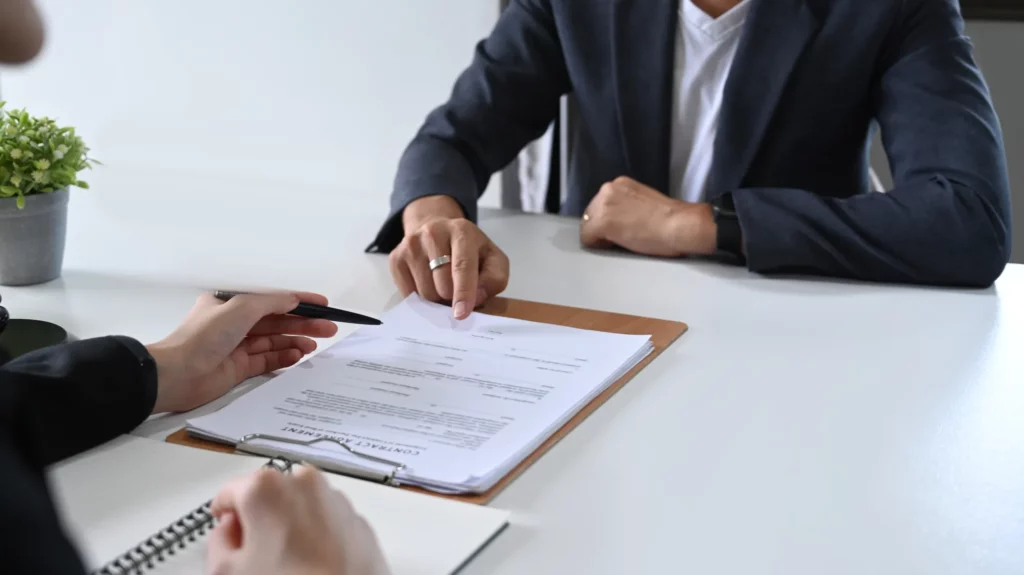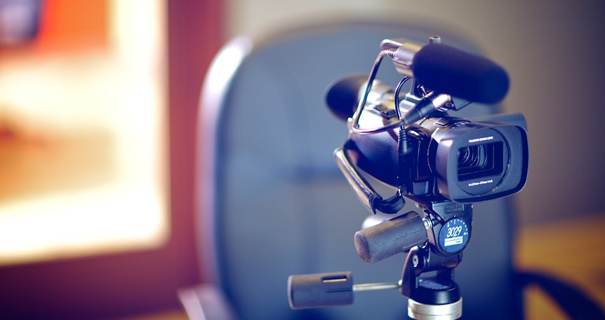Why Solid Test Discussions Are Key to Lawful Success
The value of strong trial presentations can not be overstated in the world of legal method. The nuances of effectively adapting these presentations to diverse juror histories present intricacies that merit additional exploration, especially in the context of attaining positive results in tests.
Relevance of Effective Communication
Efficient communication is critical in a lawful setting, as it acts as the avenue with which debates, evidence, and legal concepts are communicated to judges and courts. trial presentations. Clear expression of realities and legal precedents enables for a persuasive discussion that can significantly influence the decision-making procedure.
Additionally, efficient communication promotes relationship and depend on between lawyers and their customers, enhancing cooperation and making certain that all events are lined up in their purposes. It also plays a crucial duty in jury selection and engagement, where the capacity to attach with jurors can affect their receptiveness to the case. In addition, non-verbal interaction, such as body language and eye contact, adds to the general impact an attorney makes, reinforcing spoken messages.
Ultimately, grasping reliable interaction can lead to a more compelling and systematic presentation, raising the chance of a positive decision. Thus, legal representatives must focus on refining their interaction abilities as a foundation of their trial prep work and method.

Crafting a Compelling Story
Efficient communication prepares for crafting a compelling story in lawful tests. A well-structured story not just engages the jury but additionally clarifies complex legal issues. The objective is to provide the truths in a means that resonates mentally and rationally with the audience, enabling them to understand the instance from the customer's perspective.
To accomplish this, lawyers ought to identify the main style or message of the situation, which offers as the foundation of the narrative. Each item of evidence and witness testament should be woven into this theme, reinforcing it as opposed to interfering with it. This develops a natural storyline that is very easy for the court to adhere to.
Additionally, using relatable characters-- be it the plaintiff, accused, or vital witnesses-- can humanize the case, making it much more remarkable. Lawyers have to also think about the pacing of their story, making sure that crucial minutes are highlighted and that the tale unravels in a logical development.
Inevitably, an engaging narrative changes the presentation of facts into a convincing debate, directing the jury toward a desirable conclusion while ensuring that the intricacies of the legal system stay obtainable and easy to understand.
Utilizing Aesthetic Help
Aesthetic help play a crucial duty in boosting the understanding and retention of information throughout legal trials. By providing intricate data and arguments aesthetically, lawyers can simplify elaborate details, making them much more obtainable to jurors. Charts, graphs, and pictures can efficiently illustrate crucial factors, allowing jurors to realize essential truths quickly.
Using visual aids not just help in clarity but also involves the target market's focus. Jurors are most likely to remember info provided aesthetically than with spoken descriptions alone. As an example, demonstrating timelines via graphes can clear up the sequence of events, aiding jurors recognize the context of the situation.
Furthermore, visual aids can assist to highlight differences in More Info evidence, making them more noticable. When used purposefully, they can emphasize the strength of the argument or expose weak points in the opposite side's instance. trial presentations. The usage of technology, such as interactive discussions or computer animations, can additionally boost engagement and understanding
Engaging the Court Emotionally
Usually, successful test presentations call for even more than simply sensible arguments and factual evidence; they need to likewise resonate on a psychological level with jurors. Involving the jury emotionally can significantly influence their understanding of the case and their utmost judgment. By crafting a story that humanizes the events included, lawyers can develop an emotional link that encourages jurors to feel sorry for the clients' experiences.
To accomplish this, lawyers ought to concentrate on narration techniques that highlight the personal risks and real-life ramifications of the situation. This might involve sharing emotional narratives or making use of powerful visuals that stimulate about his sensations of empathy, rage, or unhappiness. Such elements can assist jurors see past the legal complexities and recognize the human measurements of the situation.
Moreover, the usage of tone, body language, and eye call during the presentation can further boost psychological involvement. A lawyer's authenticity and enthusiasm can resonate with jurors, making them more responsive to the arguments existing. Ultimately, when jurors feel emotionally invested in an instance, they are a lot more likely to keep in mind the vital messages and provide a favorable decision. Therefore, psychological engagement is a vital part of a compelling trial presentation.
Adapting to Target Market Expectations
Understanding the assumptions of the jury is necessary for a successful trial discussion. Jurors come with presumptions affected by individual experiences and social stories, which can dramatically affect their decision-making. Tailoring your presentation to straighten with Continue these assumptions can enhance your persuasive power.

Moreover, establishing reputation is paramount. Jurors expect lawyers to present evidence and disagreements that are not only engaging yet also fairly seem - trial presentations. This consists of being transparent about the toughness and weaknesses of your case, which fosters trust fund and regard
Finally, prepare for jurors' inquiries and worries. Dealing with prospective questions proactively demonstrates an understanding of their perspective and a commitment to clearness. By adapting your presentation to satisfy target market assumptions, you produce an even more engaging story, inevitably boosting the chances of a desirable verdict.

Conclusion
Finally, strong test presentations are extremely important to achieving legal success. Reliable communication, a compelling narrative, calculated use visual aids, psychological interaction with the jury, and adaptation to audience assumptions jointly boost juror understanding and retention of important info. These elements not only develop the reputation of the offering celebration but also dramatically affect juror assumptions and decision-making. Mastering the art of test discussion is vital for legal specialists aiming to protect positive outcomes.